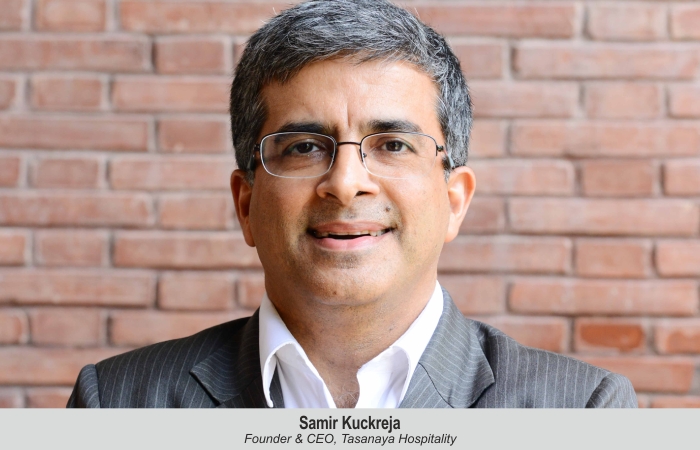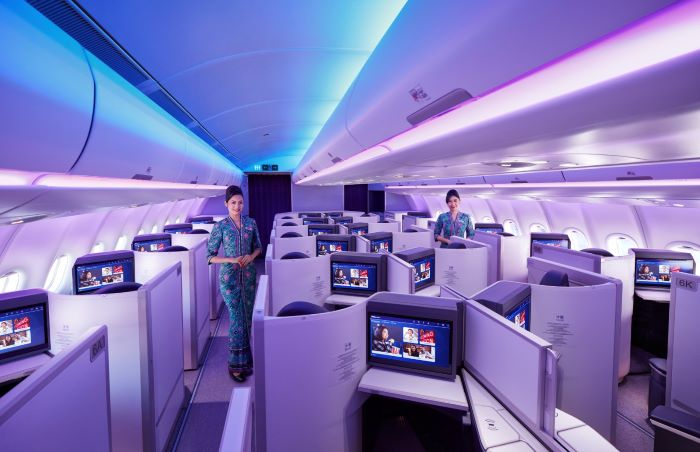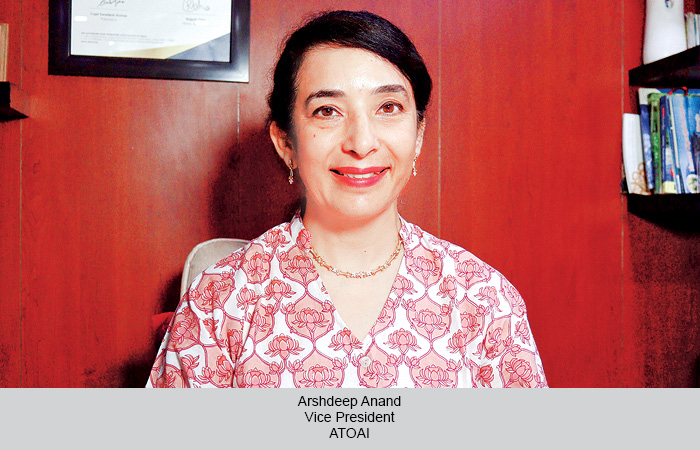India’s food delivery market is growing at a rate of 33 per cent per annum and is expected to touch `93,600 crore ($13 billion) by 2023, despite an initial drop in sales over health & safety concerns in the wake of COVID-19. The findings are from ‘India Food Service Delivery Report 2021’.
Lipla Negi
While the pandemic initially led to a drastic 70 per cent drop in online food delivery, especially from March 2020 to the end of 2020, many ‘better brands’ managed to recover 50 to 60 per cent of their pre-COVID sales, eventually, according to the report. “There was also a trend for DIY food and cocktail kits from various restaurant chains. Many new cloud kitchens have come up during the pandemic, increasing the choice for customers,” adds Samir Kuckreja, Founder & CEO, Tasanaya Hospitality, who has also worked on this report along with Jasper Reid, Founder – IMM and Peter Backman, a globally renowned food service professional.
On the road to recovery, both aggregators and restaurants have worked together to deliver a safe dining experience. “Some of the measures implemented include temperature checks for kitchen and delivery staff, live streaming from restaurant kitchens, and strict COVID protocols being followed in the kitchens and by aggregator teams,” says Kuckreja.
The food delivery market at present is dominated by two major players— Swiggy and Zomato—sharing 85 per cent of the total market between them.
Battling for loyalty
The report also gives some rare insights into how restaurants and fast food chains in the country are battling aggregator platforms which retain control over valuable customer information, even as they depend on them to reach out to customers.
“The aggregators are able to mask customer data, which means that the operators (restaurants) cede the knowledge of and their relationship with their customers. In the absence of data sharing, it’s not possible for the operator to understand its delivery customers, market to them, measure loyalty, etc. On the other hand, it means that the aggregator deliverer owns valuable information about customer habits and preference, which can be used to improve customer experience,” the report notes.
Direct connections
The monopoly over data has forced some restaurant chains to invest in self-managed delivery programmes for direct connection with customers and to provide greater control over quality, branding and other marketing initiatives. The battle for customer loyalty has also led to deep discounts and high commissions, resulting in conflicts between aggregators, deliverers and restaurant operators.
Some of the brands that have taken steps to minimise risk of losing customer control to aggregators are Impresario Hospitality, Fat Lulu Pizza and Cold Love Ice Cream. Fast food outlets like Domino’s, McDonald’s and Pizza Hut are also developing algorithms on their Apps to increase visibility to customers and also reduce customer acquisition costs to create sustainable business models. The initiative, however, does not mean the brands are going to forsake aggregator platforms anytime soon. Instead, it will lead to more of a co-existence between the two different systems, the report notes.
Numbers speak
According to the report, India’s food delivery market has witnessed unprecedented change in the last five years with new entrants powered by sophisticated technology, radically altering market dynamics with innovative models such as cloud kitchens (restaurants that accept delivery only on orders without a traditional restaurant or dining-in facility), hyper local services (food service delivery and more) and restaurant partners.
India’s restaurant industry today is one of the largest service sector industries, contributing nearly three per cent of the GDP and the single largest employer in the service sector with more than 7.3 million people on its payroll.
The report, which focuses on three key elements of food delivery – aggregators, cloud kitchen operators and restaurants – predicts considerable potential for future growth in the country “as restaurant delivery starts to eat into the retail market’s share of wallet.”
The total volume of India’s food services market size as of 2019 is pegged at `4,62,000 crore. Out of this, the organised food services market size is around `1,68,000 crore and that of food service delivery market is around `25,200 crore. The food service delivery market share of 15 per cent is similar to the share in the UK and somewhat higher than that in the US. The Indian food service delivery market, not including takeaways, meal kit delivery services and ingredient delivery, was worth `37,440 crore (5.2 billion dollars) in 2020.
The report is based on the dual, top-down and bottom-up approach pioneered by Buckman. All figures provided in the report have been cross-referenced with other sources, including the National Restaurant Association of India Report 2019 and checked for accuracy with leading industry players, both operators as well as aggregators.
What will drive growth?
- Increase in disposable incomes
- Increase in internet and smartphone penetration
- Consumer behavioural changes such as reduced time available for preparing meals at home, disposable income groups replacing home cooked food to (home-style) subscription meals
- Regulatory policy changes
- Emergence of new aggregators
- Reduced levels of investment in existing aggregators
 TravTalk India Online Magazine
TravTalk India Online Magazine





